When choosing a Nordic filling, it is necessary to take into account a series of features to find the one that best suits our needs. Yes, it is something unavoidable: the cold is here and it is time to rescue your duvet from that corner of the closet or to buy a new one if the one you had has already become old. Or maybe you are one of those who still opt for the traditional way and prefer to keep the comforter separated, on the one hand, and the sheets on the other. If that is the case, you may want to rethink your options …
Although we all know how difficult it can sometimes be to place them, there is no doubt that they are the most practical and versatile solution to spend well-wrapped winter nights, and that they also offer a huge variety of types and materials for you to always find the one that best suits your needs. When buying a duvet, you may have been surprised at the great price difference between products that are apparently very similar, in which there is usually no difference at the design level. In fact, the price is marked only by the quality of the interior padding, and our comfort depends on our comfort throughout the winter.
It is important, on the other hand, that you have clear the difference between these two products: the duvet and the duvet (or cover). The first is usually placed on the sheets and can often be found with different patterns, designs, and colors, while the second is always white and is designed to be placed inside the sheets.
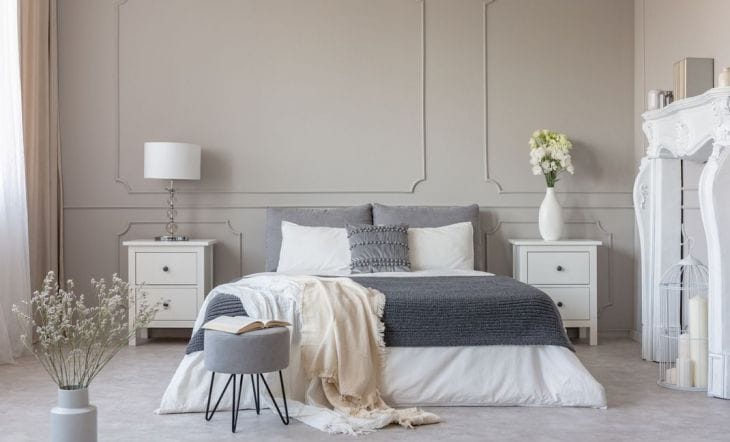
We spend a third of our life sleeping
If we take into account the current life expectancy and that experts advise sleeping an average of 8 hours a day, that means, broadly speaking, that we spend between 20 and 25 years sleeping, which is equivalent, nothing more and nothing less, than a third of our lives. This highlights the importance of the culture of rest since they often spare time, efforts and money in buying products like this when in reality they are of much greater importance than we imagine.
On an economic level, in fact, it is often not necessary to opt for the cheapest option, since, in many cases, when it comes to duvets, the difference between a bad product and a good product is often not so great.
Winter home preps are here so when choosing the Nordic filling that best suits our needs, it is important that we take into account some decisive factors:
1. Measures
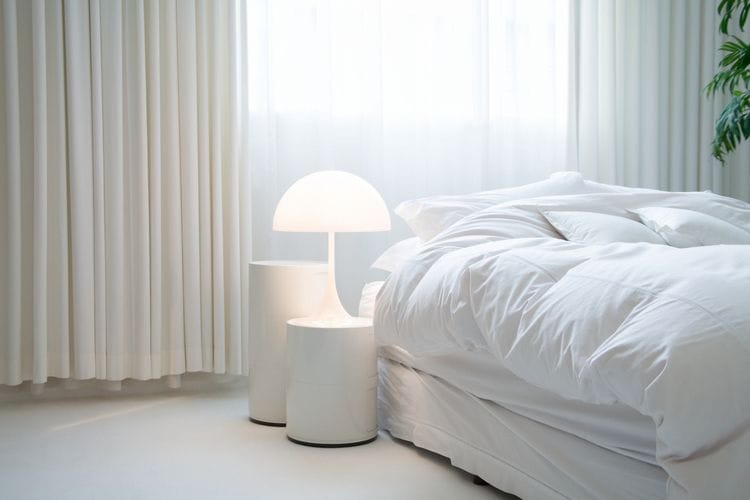
In a matter of Nordics, there are some standard measures for each bed size, which can vary if you opt for a filling longer or wider than normal. That is to say: in a bed of 90 we can place a Nordic filling of 105 so that it hangs a little more by the sides, and in beds of 135 we can place one of 150 or put it inverted so that it is longer by the feet and narrower on the sides.
2. The Type of Filling
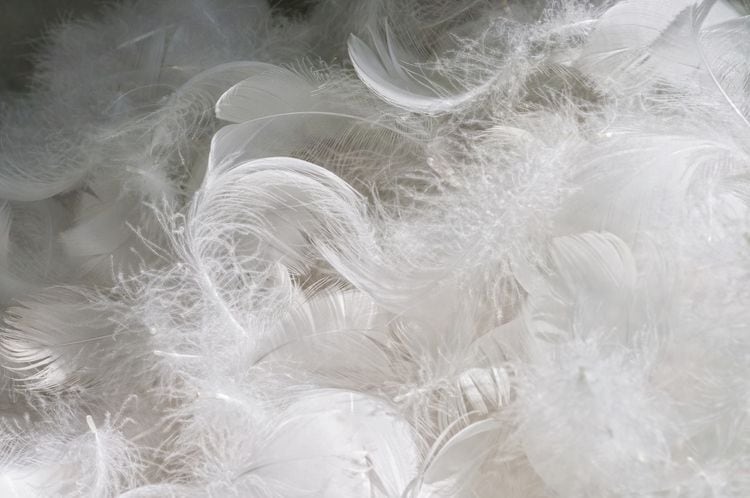
Both duvets and Nordic fillings are often different in two different qualities: feather and synthetic.
- Feather: they are lighter and shelter more. There are those that are 100% feather, of a higher price, and those that combine this natural material with the synthetic one. If you are looking for a more economical option you can always opt for the filling of down and feather mixture, which is a bit heavier and not so soft, but usually gives very good results. Nordic 100% natural filling is a highly recommended option for those who suffer from allergies.
- Synthetic: usually polyester, microfiber or other materials. Thanks to technological advances, today synthetic fillers have a touch and an effect very similar to natural ones, and we can also find them in very different price ranges.
3. Tailoring
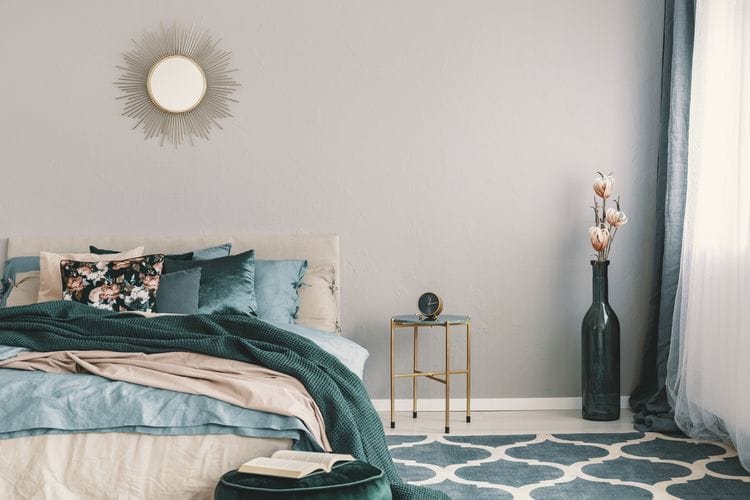
Whenever possible, it is advisable to opt for a checkered or diamond pattern. This ensures an optimal distribution of the filling of the entire quilt and that all areas are sheltered equally. This is especially applicable to natural fillings since they tend to move more than synthetic ones.
4. Weight
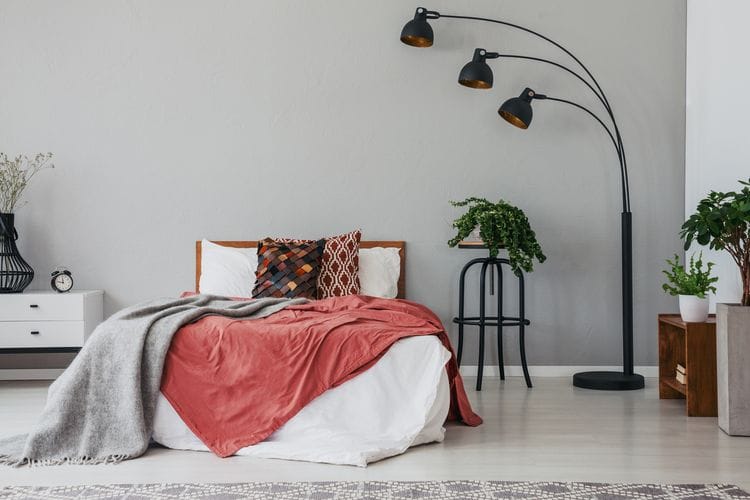
The grammage is the amount of material that the filler carries per square meter. There are types of weight, which vary depending on the weight and its ability to keep warm: the lightest is 120 to 200 and is recommended in not very cold areas or homes with a good heating system. The intermediate filling is 250 to 350 grams, and the upper one is 400 to 500 grams and is indicated for very cold people or sleeping in rooms without exterior insulation.
5. The Type of Outer Fabric
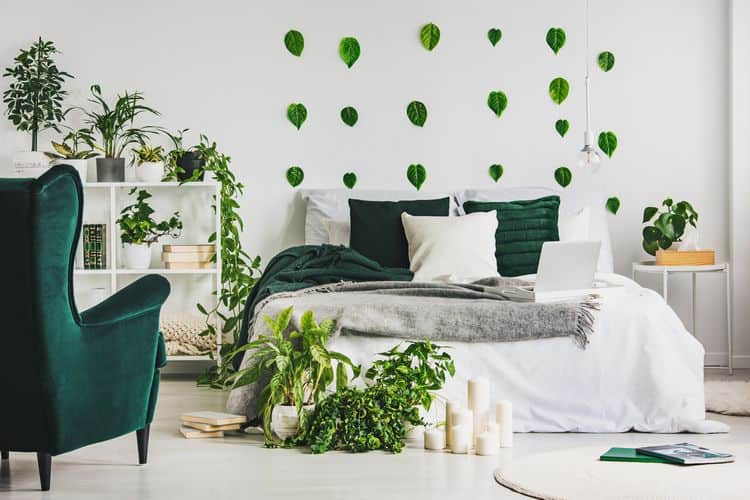
Here we can also find very different types of fabric, which in recent years have also improved greatly and today there are very resistant, soft and pleasant to the touch models. In general, when the filling is of quality, so is the fabric that covers it, and in the case of the natural filling, this is usually accompanied by a covering of natural fibers, such as cotton.

